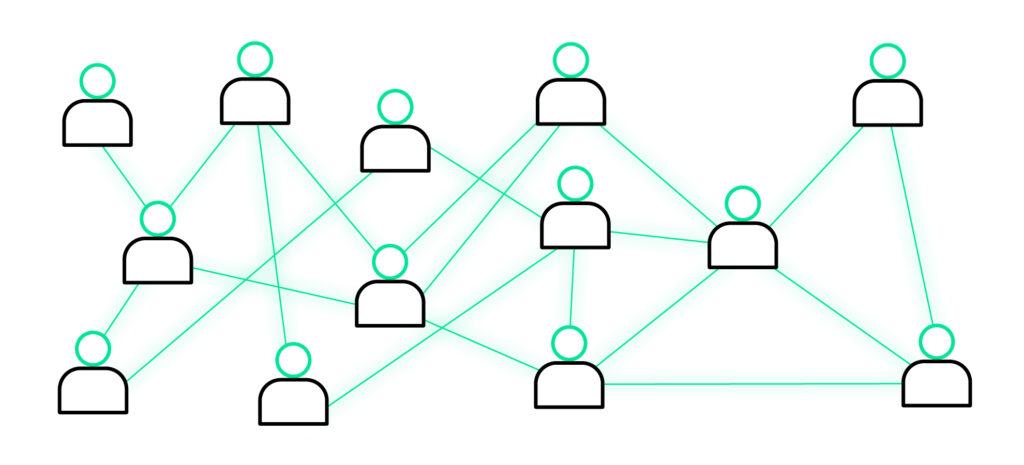Rare diseases – by definition, a condition that affects fewer than 200,000 people in the US or fewer than 5 in 10,000 people in the EU – present a unique challenge for pharmaceutical manufacturers. What can we learn about therapies for rare diseases or rare disorders – also known as orphan drugs – and what are some current orphan drug market trends?
There are approximately 7,000 known rare diseases and rare disorders affecting more than 300 million people globally. Many are genetic in origin and begin in childhood; just 5% have effective treatments available. This unmet need is a source of stress for patients and caregivers affected by a rare disease, who are typically highly motivated to get a diagnosis and treatment.
On average, a rare disease patient visits seven specialists, and a correct diagnosis can take as long as five to eight years. – Globalforum
How can pharmaceutical companies meet this need, and what challenges do they face in developing orphan drugs and bringing them to market?
What are the roadblocks to developing orphan drugs?
Life science companies must balance developing so-called blockbuster drugs – which will sell well and fund ongoing R&D – and funneling resources to orphan drug research. Rare disease drug development is beset with challenges:
- Small patient populations mean limited opportunities for successful rare disease clinical trials, and many people with rare diseases do not have long lifespans
- Diverse presentations of disease
- Poor understanding of conditions and lack of awareness that rare conditions exist
- No consensus on clinical outcomes
- R&D costs are often not justified by market potential
In 1983, the US Orphan Drug Act established incentives for pharmaceutical companies to develop and market orphan drugs, including tax credits for clinical research costs, expedited regulatory review, and seven years of market exclusivity in the US once the drug is approved.
Current trends in the orphan drug market
The global market for orphan drugs declined during the pandemic due to fewer screening services, reduced access to specialists, treatment interruption, postponed procedures, and temporary closures of research labs. As normal activities continue to resume, the orphan drugs market is projected to grow, reaching $340 billion by 2027. Several factors are driving increased interest in orphan drugs:
- Growing awareness of the impact of rare diseases on patients and their families, and a corresponding effort to improve diagnosis, treatment, and other forms of support
- Technological advances in genetic testing make it possible to identify the causes of rare diseases and develop precision medicine
- Regulatory programs, like the Orphan Drug Act of 1983, which incentivize companies to develop treatments for rare conditions
- Growing public awareness and patient advocacy for rare conditions
The importance of rare disease treatments
It’s essential to develop treatments for rare diseases for one reason: it’s the right thing to do. But research into rare diseases can also yield information about common conditions, leading to important developments benefiting millions of patients worldwide.
In 1970, researchers at the University of Texas Southwestern studied familial hypercholesterolemia, a rare metabolic disorder. During the study, scientists discovered that cholesterol is regulated through the LDL receptor. Not only did the research earn the scientists a Nobel Prize, but the discovery of the pathway of cholesterol metabolism laid the foundation for developing statins, which are used in treating high cholesterol.
There are other benefits to the research and development efforts around orphan medicines and drugs:
- Discovering effective treatments for serious conditions can reduce the need for healthcare services over a patient’s lifetime. If rare diseases are diagnosed early and managed appropriately, patients can lead their lives with minimal medical intervention.
- Investigating treatments for rare diseases can be beneficial to precision medicine, particularly for specific types of cancer. The study of rare diseases can drive innovative approaches that may apply to precision medicine.
Rare disease research has driven the discovery of innovative gene and cell therapies. However, many rare diseases are not yet linked to common diseases. Identification of cellular and molecular pathways of rare diseases could help treat or prevent multiple common diseases.
Scientists have emphasized that research into rare diseases benefits not only this small population of patients but individuals suffering from multiple other diseases. – News Medical
Finding new opportunities for orphan drugs
Orphan drug development is a lengthy and costly process. Thus, pharmaceutical companies use a combination of tactics to identify market opportunities and create a plan for orphan drug development. With a more holistic view of the market potential of specific treatments, companies can invest wisely in continued research and development. Below are some factors that life science organizations use to evaluate the potential for orphan drugs.
Market research
Pharma teams may evaluate the potential for a successful orphan medicine or drug by conducting market research to understand to reduce the gap for patients with rare medical diseases and meet their needs. Researchers might also try to learn about the size of the patient population, patient demographics, whether or not there are any treatments currently available, and the efficacy of those treatments.
Studying the competition
Before undertaking research, life science companies want to understand what their competition is doing in various therapeutic areas. Analysis of the competitive landscape can provide a view into what drugs are currently available and whether there is a need for a new treatment in the market.
One tactic pharma teams may use to monitor the competitive landscape is social media monitoring. Life science companies can monitor specific brands or keywords to understand how different treatments are perceived by HCPs or patients. This intelligence may inform choices about which orphan drug sales opportunities to pursue or how to market drugs in development.
Understanding the regulatory landscape
The regulatory landscape is critical to life science companies, regardless of what type of drug or product they are developing. Regulatory requirements can slow down, pause, or even stall drug development, and delays are incredibly costly. For this reason, and because orphan drugs are very expensive to develop, pharma teams work to gain a complete understanding of the approval process and any orphan drug incentives and guidelines, including tax credits or market exclusivity.
The regulatory landscape for orphan drugs is always evolving, and companies must be aware of new limitations or, in some cases, updated guidance for orphan designation. For example, in 2019, the FDA issued guidance for rare disease drug development that called attention to the need for natural history studies for rare diseases and outlined the agency’s stance on such studies. The guidance expanded the eligibility for orphan drug clinical trials and orphan drug designation to demonstrate safety and efficacy.
Patient and stakeholder engagement
Life science companies can work with patients, caregivers, patient advocacy groups, healthcare providers, and other stakeholders to obtain insights into the unmet needs in the rare disease community. Building strong relationships with these groups can also help with market access and patient compliance if a new treatment makes it to market and gains orphan approval.
According to McKinsey: “Those companies that have successfully launched rare disease drugs have discovered the vital role that the rare disease community – patients and their families, advocacy groups, and a small number of therapeutic area experts (TAEs) – plays in generating these insights. In addition, it is this community that will help to build awareness of the disease, including among payors. Its members are therefore crucial partners in the launch of a drug, and pharmaceutical companies must be genuinely committed to them to meet their needs.”
Insights management technology and orphan drugs
As discussed, developing drugs for rare diseases is lengthy and complex. During the time it takes to research an orphan drug and subsequent orphan designation and orphan approval, the market landscape may change, new data may be released, and researchers may move on to other projects or companies. Therefore, life science organizations must use workflows that support this complexity to support orphan drug sales.
Pharma teams can use an insights management platform built specifically for the life science industry – supporting compliance requirements, enabling frequent touchpoints to discuss data and design study protocols, and using advanced technology to identify trending concepts quickly for swift orphan drug designation.
To learn more about how an insights management platform supports rare disease teams, read our client’s success story.







